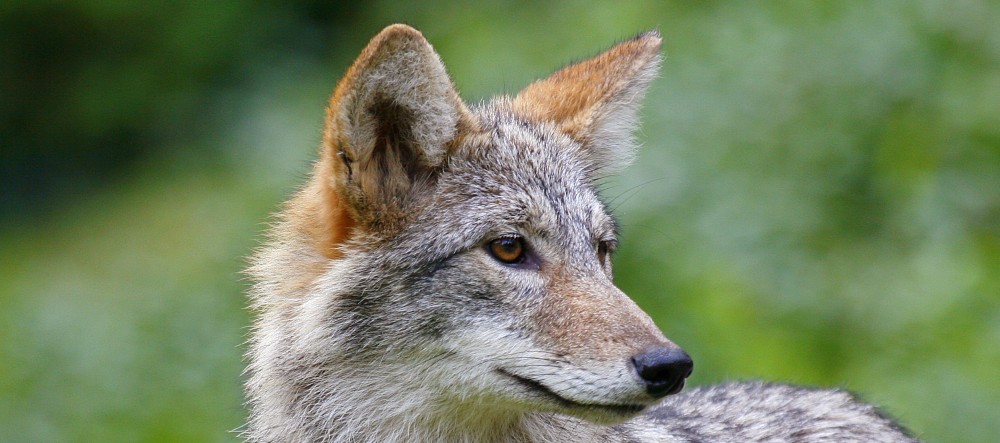The national obsession with Cliven Bundy dissipated quickly after he said “the negro” might have been better off when they were slaves.
Conservative pundits and Republican senators ran from Bundy’s overt racism. Even if Bundy is forgotten, he brought fresh attention to a pernicious policy problem. The public is getting ripped off by ranchers.
The media obsessed over the shiny, but ultimately irrelevant, aspects of the Bundy incident. Militias, anti-American conservative conspiracies, the right of the federal government to own land and charge fees to use it, pervasive racism on the right, welfare, and bickering television personalities all are settled issues, but they get ratings.
Lost was the only real issue of substance down on the Bundy ranch: ludicrously cheap federal grazing fees.
Bundy refused to pay the fees and racked up penalties. That was enough to attract armed followers willing to fight federal officials enforcing the law. That he didn’t pay them doesn’t make him a welfare mom, it makes him a crook. But welfare for ranchers is real. It’s just underreported. Fees that ranchers pay are a fraction of market rates for grazing on private land or purchasing feed.
The Bureau of Land Management administers about 245 million acres of public land mostly in Western states. It allows livestock grazing on about 155 million acres and issues about 18,000 permits and leases to ranchers that typically last 10 years.
BLM charges $1.35 per animal unit month. An AUM is grazing for a cow and calf, one horse, or five sheep or goats for a month. That’s the same rate the federal government charged in 2013, and the year before. In fact, that’s about how much the government has charged for decades except most recently for a few years under President George W. Bush when it went up a few pennies. To put that in perspective, $1.35 will get you one can of cat or dog food, far short of a month’s supply. The rate is the result of a convoluted formula that Congress adopted in 1978 as part of the Public Rangelands Improvement Act. It sets $1.35 as the minimum, and it doesn’t adjust for inflation. It also is open to political manipulation.
When BLM redoes the math each year, ranchers and their lobbyists make sure nothing changes. Grazing on public lands remains cheap. Ranchers win. The public loses.
In 2013, the average rate for grazing on private lands in the West was $18.90 per head per month. Feed costs are comparably hie. Conservatives insist that government should run more like a business. No business would remain viable it is charged 1/14th of the going market rate. Federal lands are a public resource, and the American people deserve fair compensation from those who use them for private profit. That should include money to offset environmental damage and water pollution caused by grazing. A 2005 Government Accountability Office report found that federal agencies recouped only about 15 percent of their administrative costs from ranchers. In 2004, taxpayers lost $123,000,000 to grazing….
Click HERE for the full article.







